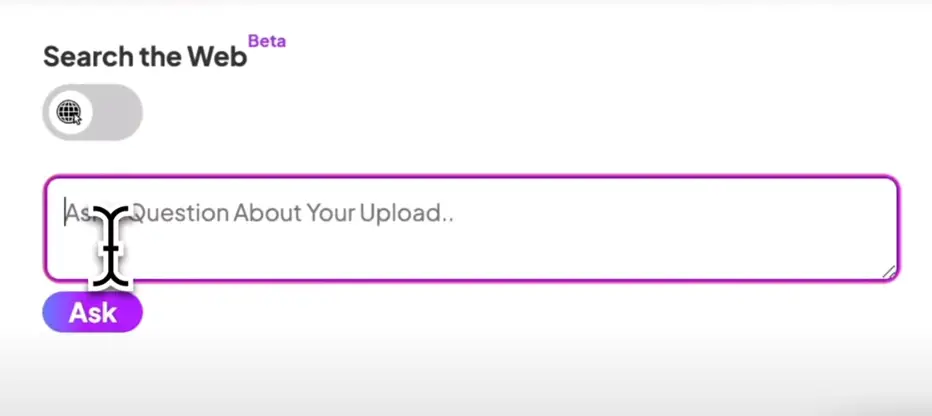Search Generative Experience (SGE) is shaking up the game. It’s Google’s smarter, AI-enhanced version of the search engine you thought you knew.
It doesn’t just serve results. It gives answers. Summarized. Contextual. Often complete at a glance. Amazing for users. A bit terrifying for content creators and marketers.
What does this mean for you? You’ve got to make some choices. Should you double down on existing strategies? Or pivot to stay relevant in the age of AI search?
Let’s break it down in simple, snackable form.
What SGE Really Is (In Plain English)
SGE uses artificial intelligence to understand questions deeply—like a super clever study buddy who reads the whole internet and gives precise answers fast.
It doesn’t just pull links. It summarizes insights. Offers key points. And sometimes skips sending people to your site entirely.
That changes the whole agenda. Ranking #1 might no longer mean what it used to.

Why It Matters
It matters because your visibility is now shared with machines. Queries with clear answers won’t always lead to clicks anymore.
That affects:
- Traffic – Fewer clicks from Google to your site.
- Brand exposure – Your web page may be summarized, without your brand attached.
- Conversions – Fewer eyes, fewer leads, fewer sales, unless you adapt.
But don’t panic. There are upsides too!
So, When Do You Double Down?
There are times when sticking to your plan—or going even harder—is the smart move. Just because SGE is joining the party doesn’t mean your strategy is outdated.
Here’s when to double down:
- Your content is people-first: Helpful, unique, and truly answering questions? Keep going. That kind of content thrives in SGE summaries.
- You’re building authority: Sites with real expertise (and proof of it) often get quoted or featured inside generative answers.
- You own niche long-tail topics: If your content addresses very specific needs or uncommon topics, you may still get that sweet click-through.
- Your SEO is already great: Got good structure? Schema markup? Quality backlinks? That’s still gold.
In other words, if your house is solid, don’t move just because the neighborhood changed.
When It’s Time to Pivot
Now, if you’re noticing a traffic drop, it might not be a fluke. It might be SGE munching your snack before handing it to the user in bite-sized form.
Time to consider a pivot if:
- Your content is generic: If you’re rewriting what everyone else already said, you’ll get out-written by AI now.
- Your web pages depend on rankings for basic answers: SGE gives that info instantly. Recipes. Definitions. Event times. You’ve got competition from the machine.
- You see falling click-through rates despite no drop in ranking: That’s probably SGE giving away the candy without opening your wrapper.
In these cases, clinging to the old way could mean fading into the AI shadows.
So, What’s the New Playbook?
If you’re going to pivot, do it smartly. Here’s how.
1. Focus on Content with Depth
Create content that AI can’t easily summarize. Think nuance. Think storytelling. Think rare experience that’s personal and valuable.
Example: “How I Used Tiny Habits to Sleep Better in 2 Weeks” beats “Top 10 Tips for Better Sleep.”
2. Build Your Brand Voice
People still crave human touch. Make your content funny, warm, a little weird—even if it’s about spreadsheets.
The more human your content, the more engaging it becomes beyond just facts. AI can’t copy your voice. Use it.
3. Target the Middle of the Funnel
Most content fights for top-of-funnel traffic (intro questions, definitions). But users in the “research and compare” stages still click links!
Write for them.
- “Is Product A or B better for freelancers?”
- “Why companies switch to XYZ software after 6 months”
- “What I wish I knew before investing in ABC”
That’s where AI is less confident. And humans want real stories.
4. Create Interactive and Visual Content
Infographics, charts, tools, quizzes. SGE can’t replicate those (yet!). If your content is more than words, pivot into that uniqueness.

5. Optimize for SGE Itself
Yes, it’s weird. But AI pulls answers from your content. So feed it the good stuff.
- Use clean, structured formatting.
- Add FAQs with solid answers.
- Use schema where it counts.
- Keep content trustworthy—cite sources, use author names, link out.
If you can’t beat ’em, be featured by ’em.
The “Hybrid” Option: Double Down, Then Pivot Smartly
Here’s a secret. You don’t have to go all-in one way or another. Often, the winning move is a hybrid.
Take stock. Keep what’s working. And slowly shift what isn’t. Build AI-proof content alongside your SEO foundations.
Here’s how to blend:
- Audit existing content: Flag pieces that are high intent or brand-building—and double down. Flag the ones that are easily summarized—and pivot them.
- Create clusters: Build topic hubs with depth. Let AI summarize top-level pages, but lead users into your deeper articles for detail.
- Watch results often: Use Search Console and analytics to track how visibility and CTR are changing. Respond fast.
The Human Advantage
Remember: SGE is super smart. But it’s still not you.
You can connect. Share. Inspire. Make people feel seen and heard. That’s your advantage in a machine-filled world.
- Use stories
- Be transparent
- Offer real-world advice and messy truths
AI gives facts. You give feeling. That combo wins searches and hearts.
Wrapping It All Up
SGE is here for good. It’s fast, complex, and changing how Google works. But you’re not helpless.
You can:
- Double down when your strategy aligns with what users (and AI) love.
- Pivot smartly when content is stale, overly simple, or easily replaced.
- Blend both and future-proof your presence with creative, trustworthy, human content.
Adaptation has always been the name of the game. Stay curious. Keep learning. And don’t be afraid to experiment.
The SGE wave isn’t going away. But with the right balance, you can surf it like a pro.
